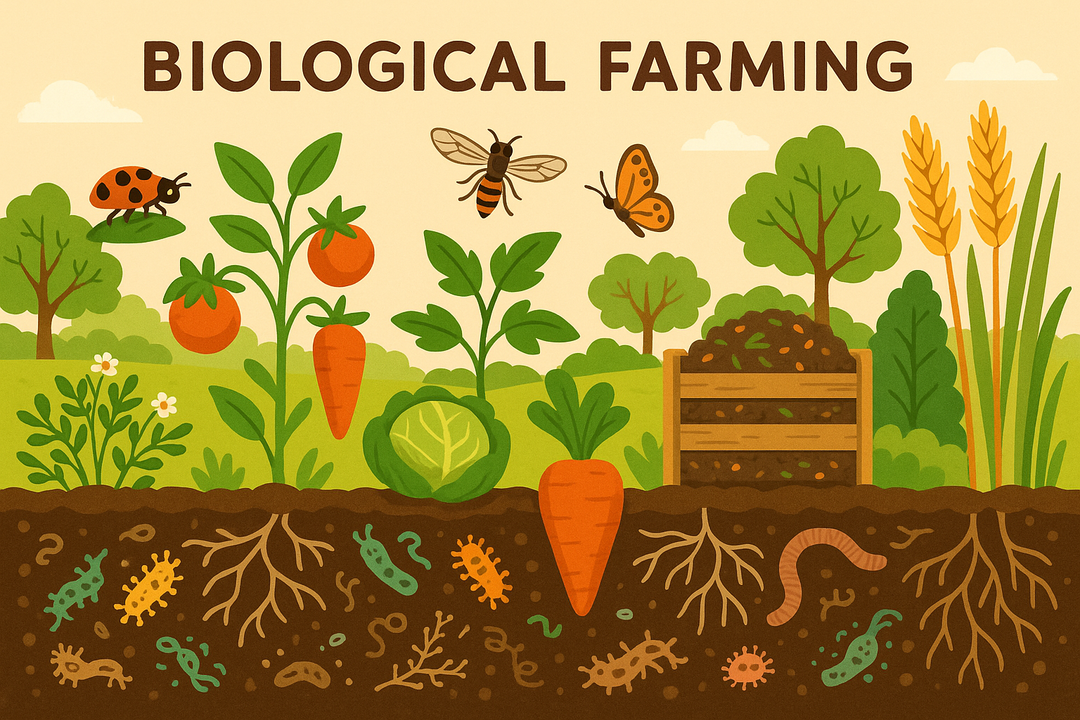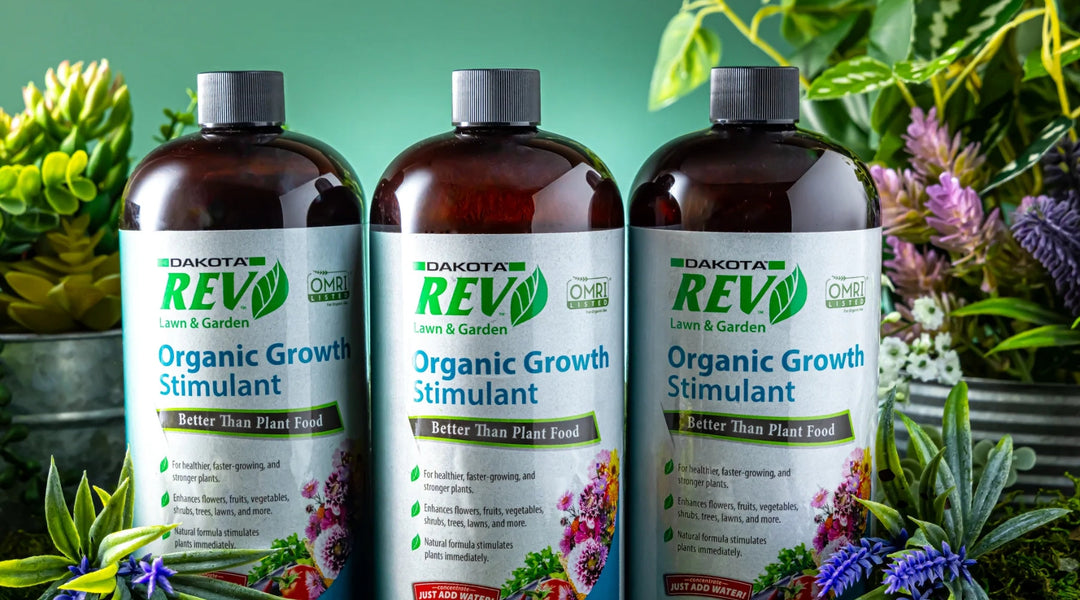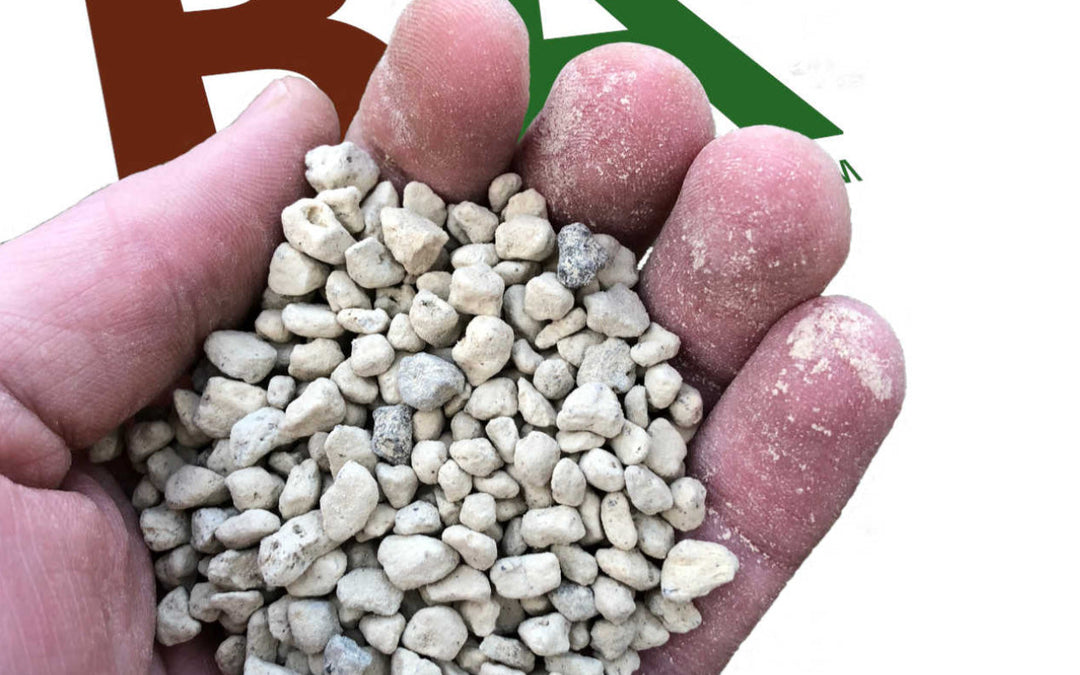The Anatomy of Soil Amendments

Don’t ever let anyone tell you that soils are created equal—because they’re not. Whether you’re gardening, landscaping, or farming, it’s critical to understand the soil you’re working with. Soil in southwest Colorado (where we’re located) is even different than soil in the northeastern plains of our glorious state. The biological makeup of soil changes from state to state too—so what works in Maryland isn’t going to necessarily work in Idaho.
Common Ingredients Found in Soil Amendments
Now that you know what kind of soil you’re working with, it’s important to know how amendments improve your soil by understanding the ingredients and their benefits. Below is a list of common ingredients found in soil amendments:
- Calcium
- Phosphorus
- Nitrogen
- Sulfer
- Magnesium
- Potassium
- Potash
- Kelp
- Earthworm Castings
- Liquid Fish Hydrolysate
- Humates
- Silica
- Sphagnum Peat Moss
- Biosolids
- Manure
- Compost
- Pitt Moss
- Coco Coir
- Trace Minerals
Calcium (Ca)
Plants, livestock, and even humans need a healthy amount of calcium in their diet. A calcium deficiency in plants can cause them to wither and die. On the other hand, too much calcium is just as damaging—you want a perfect amount. Calcium helps build strong plant cell walls to keep the plant upright and growing strong. Another fantastic superpower of calcium is its ability to break down clay particles and loosen compaction.
Phosphorus (P)
This essential nutrient captures the sun’s energy and converts it into useful plant compounds. Adding phosphorus to soil promotes root growth and winter hardiness, stimulates tillering, and often hastens maturity. Plants deficient in phosphorus often are stunted in growth and have an abnormal dark green color.
Nitrogen (N)
Adequate nitrogen soil content is necessary for healthy plants. Nitrogen in soil comes from the air. Soil lacking in nitrogen will throw everything off balance. In some cases, a great way to add nitrogen to your soil is by planting legumes and amending with Quantum Growth soil microbes as it contains nitrogen-fixing bacteria.
We recommend our Quantum Growth Organic Light, our Perfect Blend 4-4-4 Organic Fertilizer, and our WISErg Liquid Organic Fertilizer
Sulfur (S)
Sulfur is needed to help utilize nitrogen and make true protein.
Magnesium (Mg)
A very important element in photosynthesis, magnesium is what gives the plant leaves their green color. Conditions such as low soil pH, low temperatures, dry soil conditions and high levels of competing elements, such as potassium and calcium, reduce the availability of magnesium. Under such conditions, magnesium deficiency is likely. A great source of magnesium is Epsom salt.
Potassium (K)
Potassium is an essential plant nutrient affecting the plant's shape, size, color, and taste. Several factors that affect potassium uptake by plants include oxygen level, moisture, soil tilling, and soil temperature.
Potash
The name of this fertilizer is derived from the ancient production technique where wood was burned to ashes in a pot and then leached to produce lye. Today potash is mined. It’s a soluble source of potassium—one of the three primary plant nutrients. The word potassium came from potash.
Kelp
Used primarily as a trace mineral, kelp is an organic product and a source of over 70 vitamins and minerals.
Earthworm Castings
A current popular (and truly organic) trend is using the digested soil of earthworms. Worm castings are full of organic plant food and have a neutral pH of 7.0.
Liquid Fish Hydrolysate
This is different than emulsion and is a nutrient-rich fertilizer created by cold-pressed fish, which keeps the oils, amino acids, vitamins, hormones, and enzymes in the product.
Humates
These aren’t really considered a fertilizer because they don’t add nutrients to your plants, however, humates contain humic acid which improves soil & nutrient uptake in plants. Humates do add trace minerals or micro-elements to soil which can be used by plants. Humic acid is a combination of organic substance created as a result of the decomposition of life (human, plant, and animal) that have been compressed over millions of years into the earth.
Silica (Si02)
Sometimes referred to as silicate minerals, Silica is formed when silicon comes in contact with oxygen. Its main benefit is reinforcing the cell walls of plants.
Sphagnum Peat Moss

Sphagnum is a genus of approximately 380 accepted species of mosses, commonly known as "peat moss". usually sold in compressed bales or bags, sphagnum peat moss is the living moss on the top of a bog that is dried and sterilized for commercial sales. This soil amendment is popular to use with acid-loving plants, it helps sandy soil hold moisture and helps clay soil loosen up and drain water more effectively.
Biosolids
This is a fertilizer made from byproducts of sewage. It’s recommended to use only Class A biosolids, which have been treated to reduce the bacteria content. Be cautious when using biosolids because they have high levels of metals, pathogens, and salts.
Manure
The most important thing you need to know about using manure as a fertilizer is not to use it fresh—fresh manure can harm plants due to elevated ammonia levels. It is also important to note that if you are using manure on fruits or vegetables that have direct contact with the soil, manure must be applied at least four months prior to harvest. Generally, fall is the best time to till it into the soil because it gives it plenty of time to break down.
Compost

This consists of decomposed organic matter. Finished compost should look like dark, crumbly topsoil and not include chunks of organic materials. Depending on how compost was created, it may be either high or low in salts, be sure you know what you’re using before you fill your garden with compost. If you’re composting yourself, be sure you know how to care for it and what can go in your compost.
Pitt Moss®
This was the brain-child of an entrepreneur on Shark Tank which uses organic, recycled paper as a garden mix. The idea behind Pitt Moss® is it can replace traditional peat moss without negative effects on the environment.
Coco Coir
This is a natural fiber extracted from the husk of coconut and used in products such as floor mats, doormats, brushes, and mattresses. Coir is the fibrous material found between the hard, internal shell and the outer coat of a coconut. It’s similar to but easier to use than sphagnum peat moss and it’s more sustainable.
Trace Minerals
Just like minerals are good for humans and animals, minerals are also beneficial for the soil too. Plant growth takes a lot out of soil so knowing what your soil is lacking is important. Once you narrow that down, you may want to add trace minerals to give your soil a healthy and natural boost. Trace minerals generally consist of a mix of boron (B), chlorine (Cl), manganese (Mn), iron (Fe), zinc (Zn), Copper (Cu), molybdenum (Mo), nickel (Ni), and cobalt (Co).
Avoid Over Amending Soil
It is crucial that you don’t over amend your soil. Dousing your land with copious amounts of the above-listed ingredients could be detrimental to your crop. It is vital that you read all application instructions and apply the correct amount as needed. If you aren’t sure, talk to us and we can walk you through what you need.











Leave a comment